Baklitskaya, Kate. 10 April 2014. "Medieval Siberian Mummies Baffle Archaeologists." The Siberian Times. Retrieved November 15, 2014.
- Available at the Archaeology News Network via posting by Tann: http://archaeologynewsnetwork.blogspot.ca/2014/04/medieval-siberian-mummies-baffle.html#.VDXbbygz2ZE
- Available at Free Republic via posting by Renfield on 15 April 2014: http://www.freerepublic.com/focus/f-chat/3144728/posts
Baklitskaya, Kate. 9 April 2014. "Mummified by Accident in Copper Masks Almost 1,000 Years Ago: But Who Were They?" The Siberian Times: Science > Case Study. Retrieved November 15, 2014.
- Available at: http://siberiantimes.com/science/casestudy/features/mummified-by-accident-in-copper-masks-almost-1000-years-ago-but-who-were-they/
Barber, Elizabeth Wayland. 1999. The Mummies of Ürümchi. New York, NY; and London, England: W.W. Norton & Company.
Bergman, Folke. 1939. Archaeological Researches in Sinkiang. Especially in the Lop-Nor Region. Stockholm, Sweden: Thule. Retrieved November 15, 2014.
Bergman, Folke. 1935. "Lou-Lan Wood-Carvings and Small Finds Discovered by Sven Hedin." Bulletin of the Museum of Far Eastern Antiquities 7:71-144.
Boyle, Alan. 16 April 2014. "Mummies with Copper Masks Post a Mystery in Siberia." NBC News: Science / Weird Science. Retrieved November 15, 2014.
- Available at: http://www.nbcnews.com/science/weird-science/mummies-copper-masks-pose-mystery-siberia-n82176
Cheng, Maria. 13 December 2012. "Finding Shows Cheese First Made 7500 Years Ago." Independent Online: IOL > SciTech > Science > Discovery. Independent Newspapers (Pty) Ltd. Retrieved November 15, 2014.
- Available at: http://www.iol.co.za/scitech/science/discovery/finding-shows-cheese-first-made-7500-years-ago-1.1440299#.VDbDKygz2ZE
Couri, Rick. 26 February 2014. "Oldest Cheese Ever Found Uncovered on the Neck of Mummies." The Palm Beach Post: News > Breaking News. Retrieved November 15, 2014.
- Available at: http://www.palmbeachpost.com/news/news/weird-news/oldest-cheese-ever-found-uncovered-neck-mummies/ndc9Y/
Daily Mail. 7 March 2014. "Mummies Love World's Oldest Cheese." Independent Online: IOL > SciTech > Science > Discovery. Independent Newspapers (Pty) Ltd. Retrieved November 15, 2014.
- Available at: http://www.iol.co.za/scitech/science/discovery/mummies-love-world-s-oldest-cheese-1.1657753#.VDa9aCgz2ZE
Fan, Wang. 3 April 2014. "Xinjiang Conducts Major Study in Physical Anthropology Based on Mummies." Ecns.cn: News > Science > People's Daily Online. Beijing, China: Chinanews.com. Retrieved November 15, 2014.
- Available at: http://www.ecns.cn/2014/04-03/107968.shtml
FF/HR. 11 March 2014. "The Mummy Cheese." Max Planck Gesellschaft: Research > Research News > Cultural Studies > Structural Biology. Retrieved November 15, 2014.
- Available at: http://www.mpg.de/8010087/Bronze-Age-cheese
Frisch, Florian. 12 March 2014. "Researchers Reconstruct a Cheese Recipe from the Early Bronze Age." Phys.Org: Other Sciences > Archaeology & Fossils > March 12, 2014. Science X Network. Retrieved November 15, 2014.
- Available at: http://phys.org/news/2014-03-reconstruct-cheese-recipe-early-bronze.html
Fun Facts. 8 March 2014. "(Pic) Scientists Have Recently Discovered the World's Oldest Cheese in the Xiaohe Tomb That Dates Back to 1615 B.C." Pagesay: Life & Fun. Retrieved November 15, 2014.
- Available at: http://pagesay.com/pic-scientists-have-recently-discovered-the-worlds-oldest-cheese-in-th/
Grousset, René. 2001. L’empire des steppes: Attila, Gengis-Khan, Tamerlan. Lausanne, Switzerland: Bibliothèque historique Payot.
Grousset, René. 1970. The Empire of the Steppes. Translated by Naomi Walford. Rutgers, NJ: Rutgers University Press.
Harris, Jenn. 28 February 2014. "Ancient Mummies Found Buried with World's Oldest Cheese." Los Angeles Times: Food / Daily Dish > Science. Retrieved November 15, 2014.
- Available at: http://www.latimes.com/food/dailydish/la-dd-ancient-mummies-buried-oldest-cheese-20140228-story.html
Hedin, S.A. 1905. Scientific Results of a Journey in Central Asia 1899 – 1902. Leipzig, Germany: Brockhaus.
Hedin, Sven; and Berman, Folke. 1943 - 1944. History of an Expedition in Asia 1927 - 1935. Stockholm, Sweden; Statens Etnografiska Museum. Available via National Institute of Informatics Digital Silk Road Project Digital Archive of Toyo Bunko Rare Books at:
- http://dsr.nii.ac.jp/toyobunko/E-290.9-HE01-025/V-2/page/0009.html.en
- http://dsr.nii.ac.jp/toyobunko/E-290.9-HE01-025/V-3/page/0011.html.en
Higgins, Chris. 17 March 2010. "Small River Cemetery No. 5." Mental Floss, Inc. Retrieved November 15, 2014.
- Available at: http://mentalfloss.com/article/24224/small-river-cemetery-no-5
Huntington, Ellsworth. 1907. “Lop Nor – A Chinese Lake. Part I: The Unexplored Salt Desert of Lop.” Bulletin of the American Geographical Society, Vol. XXXIX, No. 2 (February 1907): 65 -77.
Huntington, Ellsworth. 1907. “Lop Nor – A Chinese Lake. Part II: The Historic Lake (Lop-Nor).” Bulletin of the American Geographical Society, Vol. XXXIX, No. 3 (March 1907): 137 - 146.
IANS. 28 February 2014. "World's Oldest Cheese Recovered from Mummies." The Times of India: Science. Retrieved November 15, 2014. Available at:
- http://timesofindia.indiatimes.com/home/science/Worlds-oldest-cheese-recovered-from-mummies/articleshow/31174843.cms
- http://article.wn.com/view/2014/02/28/Worlds_oldest_cheese_recovered_from_mummies_c/
- http://newstrackindia.com/newsdetails/2014/02/28/294--World-s-oldest-cheese-recovered-from-mummies-.html
Jin, Huang. 3 April 2014. "Xinjiang Conducts Major Study in Physical Anthropology Based on Mummies." People's Daily Online. Beijing, China. Retrieved November 15, 2014.
- Available at: http://english.peopledaily.com.cn/98649/8587212.html
Kindstedt, Paul. 2012. Cheese and Culture: A History of Cheese and Its Place in Western Civilization. White River Junction, VT: Chelsea Green Publishing.
Lang, Susan. 1 June 2005. "Lactose Intolerance Seems Linked to Ancestral Struggles with Harsh Climate and Cattle Diseases, Cornell Study Finds." Cornell Chronicle. Retrieved November 15, 2014.
- Available at: http://www.news.cornell.edu/stories/2005/06/lactose-intolerance-linked-ancestral-struggles-climate-diseases
"Lop Desert." Memim Encyclopedia. memim.com. Web. memim.com
- Available at: http://memim.com/lop-desert.html
Lorenzi, Rossella. 16 April 2014. "Mysterious Siberian Mummies: Photos." DNews: Archaeology. Discovery Communications, LLC. Retrieved November 15, 2014.
- Available at: http://news.discovery.com/history/archaeology/mysterious-siberian-mummies-photos-140416.htm#mkcpgn=rssnws1%28photos%29
Lorenzi, Rossella. 16 April 2014. "Siberians in Copper Masks Pose Mystery." DNews: Archaeology. Discovery Communications, LLC. Retrieved November 15, 2014.
- Available at: http://news.discovery.com/history/archaeology/siberian-mummies-in-copper-masks-post-mystery-140416.htm
Mair, Victor. 2006. The Rediscovery and Complete Excavation of Ördek’s Necropolis.” Journal of Indo-European Studies 34(3-4):273-318. Washington, D.C.
Max Planck Gesellschaft. 13 March 2014. "The Mummy Cheese." Technology Org. Retrieved. Retrieved November 15, 2014.
- Available at: http://www.technology.org/2014/03/13/mummy-cheese/
Max Planck Society (MPG) Press Releases. 12 March 2014. "The Mummy Cheese." Research in Germany: Research Landscape > Research News > 2014 > 03. Retrieved November 15, 2014.
- Available at: http://www.research-in-germany.de/dachportal/en/Research-Landscape/News/2014/03/2014-03-11-news-the-mummy-cheese-march-11--2014.html
n/a. 30 April 2010. "Ancient DNA from Small River Cemetery Number 5." Race / History / Evolution Notes. Retrieved November 15, 2014.
- Available at: http://racehist.blogspot.com/2010/04/ancient-dna-from-small-river-cemetery.html
n/a. 28 April 2010. “Small River Cemetery Number 5.” Race / History / Evolution Notes. Retrieved November 15, 2014.
- Available at: http://mentalfloss.com/article/24224/small-river-cemetery-no-5
Quinn, Rob. 26 February 2014. "World's Most Ancient Cheese Found in China." Newser. Retrieved November 15, 2014. Available at:
- http://www.newser.com/story/182911/worlds-most-ancient-cheese-found-in-chinese-tomb.html
- http://www.foxnews.com/science/2014/02/27/world-most-ancient-cheese-found-in-china/
"Researchers Reconstruct a Cheese Recipe from the Early Bronze Age." Biohazard.eu.com: News > March 12, 2014. Retrieved November 15, 2014.
- Available at: http://biohazard.eu.com/news/4612-researchers-reconstruct-a-cheese-recipe-from-the-early-bronze-age
Richmond, Holly. 27 February 2014. "Someone Found the World's Oldest Cheese, and It's from 1615 B.C." Grist. Retrieved November 15, 2014.
- Available at: http://grist.org/list/someone-found-the-worlds-oldest-cheese-and-its-from-1615-b-c/
Roon, Hans van. 4 August 2011. "Silk Road Symposium: The Northern Cemetery: Epigone or Progenitor of Small River Cemetery No. 5?" Musee Guimet: Mongols China and the Silk Road > Archeology and History of the Silk Road > The Silk Road Blog. Retrieved November 15, 2014. Available at:
- Available at: http://mongolschinaandthesilkroad.blogspot.com/2011/08/silk-road-symposium-northern-cemetery.html
- Available at: http://www.youtube.com/watch?v=6xss6ZDU4VA
Saul, Heather. 6 March 2014. "Scientists Discover World's Oldest Cheese Buried on Mummies." The Independent: News > Science > Archaeology > News. Retrieved November 15, 2014.
- Available at: http://www.independent.co.uk/news/science/archaeology/news/scientists-discover-worlds-oldest-cheese-buried-on-mummies-9174228.html
Schulz, Matthias. 15 October 2010. "Neolithic Immigration: How Middle Eastern Milk Drinkers Conquered Europe." Translated from the German by Christopher Sultan. Spiegel Online International: English Site > Zeitgeist > History. Retrieved November 15, 2014.
- Available at: http://www.spiegel.de/international/zeitgeist/neolithic-immigration-how-middle-eastern-milk-drinkers-conquered-europe-a-723310.html
"Small River Cemetery." Variety Portal: The Wacky The Weird The Unexplainable. Retrieved November 15, 2014.
- Available at: http://www.varietyportal.com/small-river-cemetery/
Sylwan, Vivi. 2006. Investigation of Silk from Edsen-Gol and Lop-Nor and A Survey of Wool and Vegetable Materials. Republished from Reports from the Scientific Expedition to the North-Western Provinces of China under the Leadership of Dr. Sven Hedin: The Sino-Swedish Expedition Publication 32 VII Archaeology 6 of Stockholm, Sweden, 1949. Bangkok, Thailand: Orchid Press.
Sylwan, Vivi. 2006. Woolen Textiles from Lou-Lan. Republished from Reports from the Scientific Expedition to the North-Western Provinces of China under the Leadership of Dr. Sven Hedin: The Sino-Swedish Expedition Publication 15 VII Archaeology 2 of Stockholm, Sweden, 1941. Bangkok, Thailand: Orchid Press.
Thevs, Niels. March 2005. “Tugay Vegetation in the Middle Reaches of the Tarim River -- Vegetation Types and Their Ecology.” Archiv für Naturschutz und Landscaftsforschung ? Archives of Nature Conservation and Landscape Research 44(1):63-84. Remagen-Oberwinter, Germany: Verlag Dr. Kessel. www.ArchivNatur.de.
Wade, Nicholas. 15 March 2010. "A Host of Mummies, a Forest of Secrets." The New York Times: Science > Environment > Space & Cosmos. New York, NY: The New York Times Company. Retrieved November 15, 2014.
- Available at: http://racehist.blogspot.com/2010/04/ancient-dna-from-small-river-cemetery.html
"World's Oldest Cheese Dates to 1615 B.C." Archaeology Magazine: News > February 26, 2014. Archaeological Institute of America. Retrieved November 15, 2014.
- Available at: https://www.archaeology.org/news/1858-140226-china-cheese-herding
"Xiaohe (Chine): Researchers Reconstruct a Cheese Recipe from the Early Bronze Age." Patrimundia Indi-Uni: > Anthropologie > Archéo-génétique 2014 > Ethno > Max Planck Society. Retrieved November 15, 2014.
- Available at: http://www.archeolog-home.com/pages/content/xiaohe-chine-researchers-reconstruct-a-cheese-recipe-from-the-early-bronze-age.html
Yang, Yimin; Shevchenko, Anna; Knaust, Andrea; Abuduresule, Idelisi; Li, Wenying; Hu, Xingjun; Wang, Changsui; Shevchenko, Andrej. May 2014. "Proteomics Evidence for Kefir Dairy in Early Bronze Age China." Journal of Archaeological Science. 45:178-186.


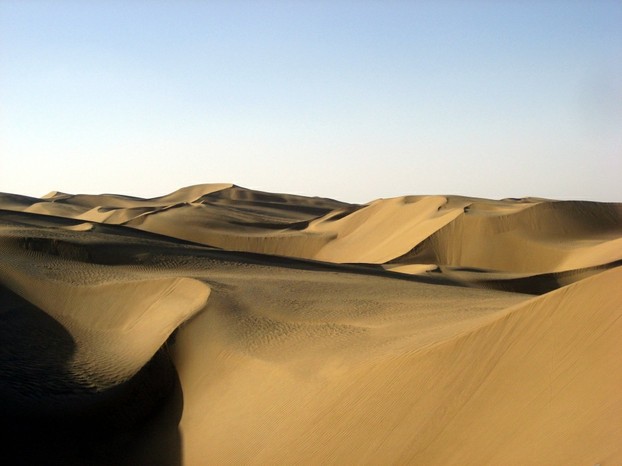
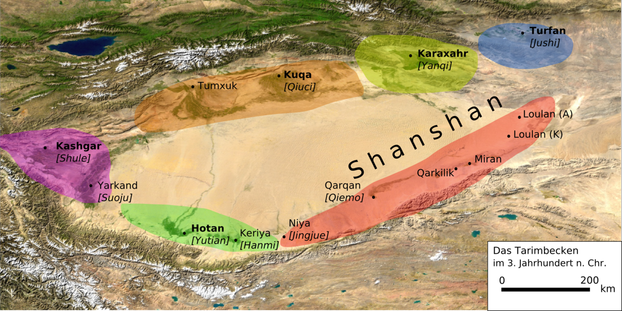
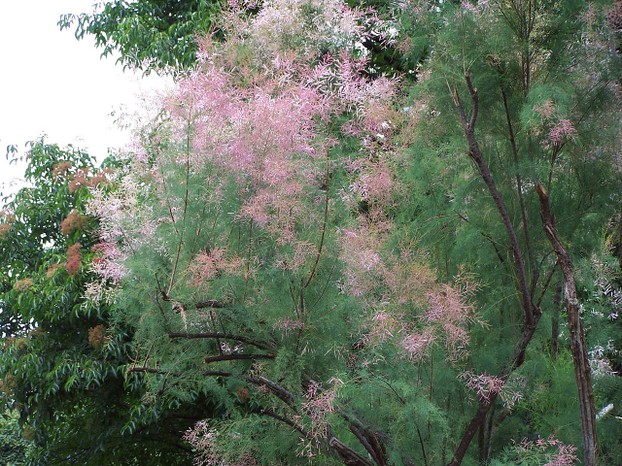
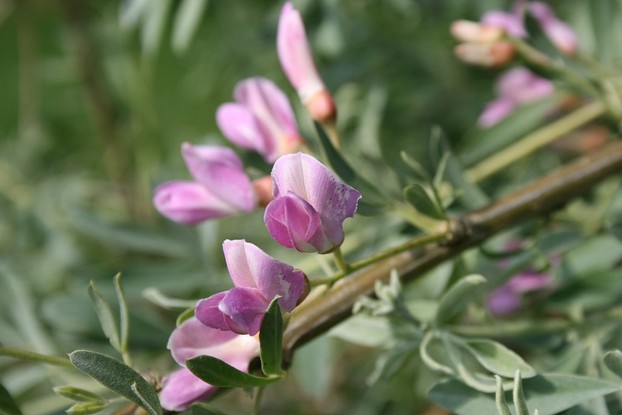
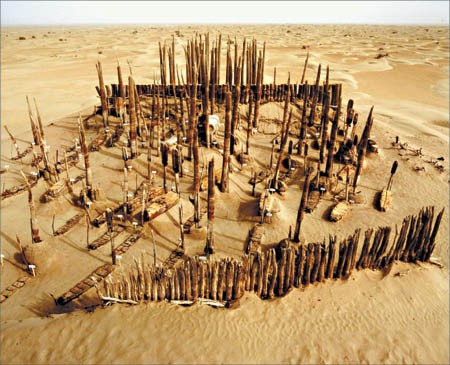
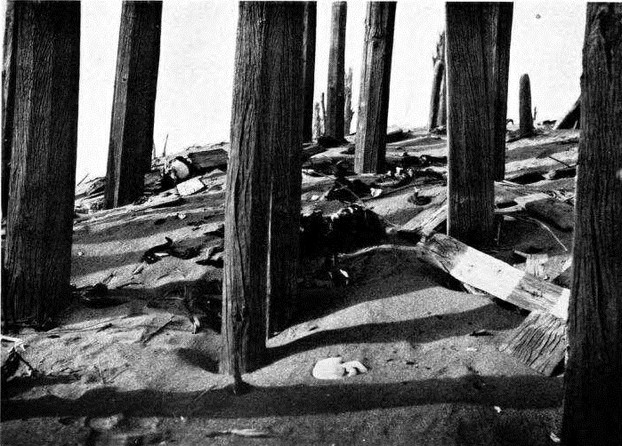
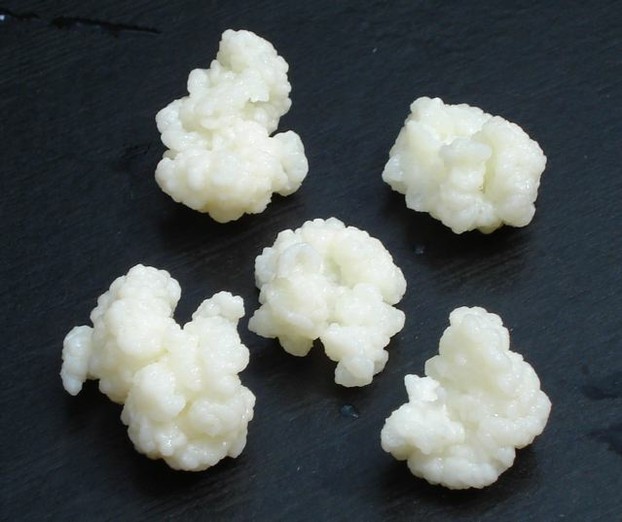
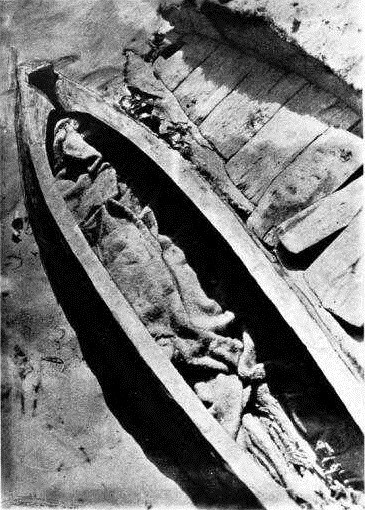
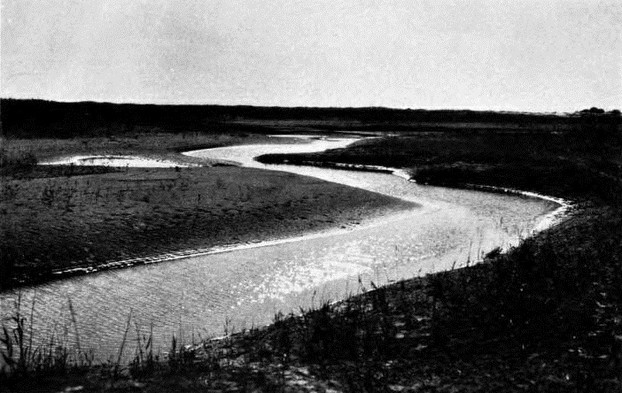
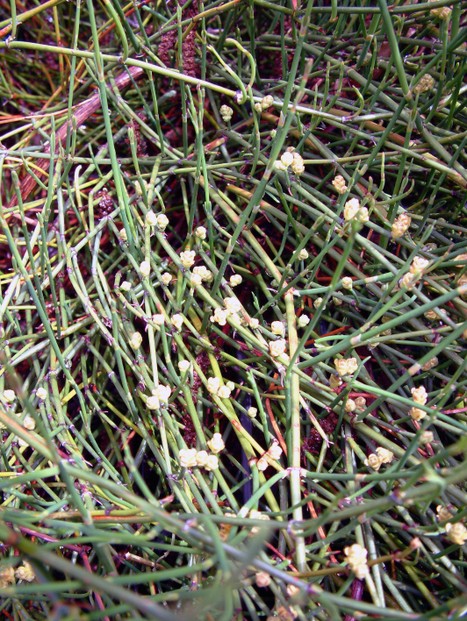
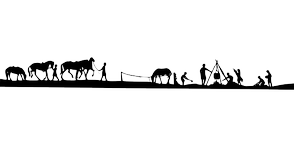


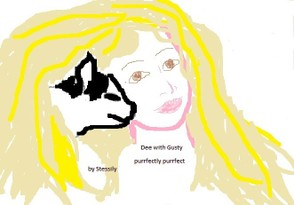
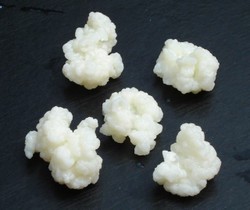

 Are Hawaiian Huakai Po Nightmarchers Avenging Halloween Thursday?on 10/02/2024
Are Hawaiian Huakai Po Nightmarchers Avenging Halloween Thursday?on 10/02/2024
 Mailing Addresses for 2023 Form 4868 Extending 1040 and 1040SR April 15, 2024, Due Dateon 04/15/2024
Mailing Addresses for 2023 Form 4868 Extending 1040 and 1040SR April 15, 2024, Due Dateon 04/15/2024
 Mailing Addresses for 2023 Forms 1040 and 1040SR Filed in 2024on 04/15/2024
Mailing Addresses for 2023 Forms 1040 and 1040SR Filed in 2024on 04/15/2024
 Mailing Addresses for 2022 Form 4868 Extending 1040 and 1040SR April 18, 2023, Due Dateon 04/13/2023
Mailing Addresses for 2022 Form 4868 Extending 1040 and 1040SR April 18, 2023, Due Dateon 04/13/2023

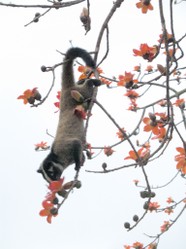
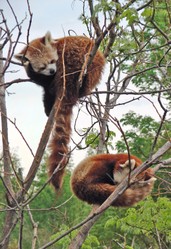
Comments